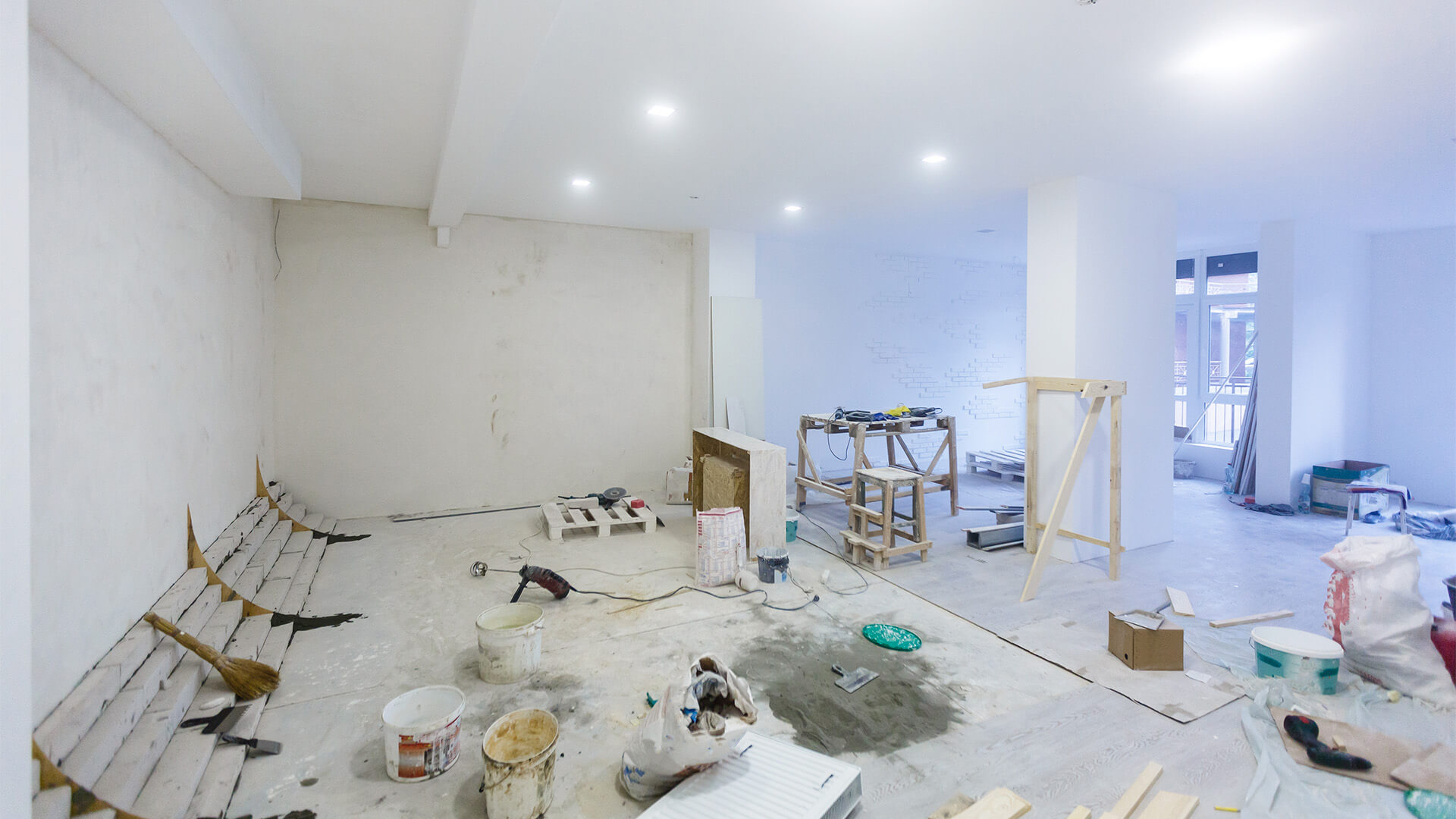The foundation of any house is founded on proper structural integrity. That’s because if your house isn’t built properly or doesn’t have the right materials, it won’t withstand natural elements like wind and water. And if your house isn’t installed with the appropriate materials to help prevent damage, you can expect problems in the future. Therefore, here are some vital repairs that will give you peace of mind knowing that the foundation of your house is sound, safe, and secure.
Inspect Your Roof and Repair Your Leaks
A roof is your home’s first line of defense against the elements, so it’s important to take care of any problems that arise. One common problem with roofs in Portland is leaks, which can occur when shingles are damaged or missing due to wear and tear. While small cracks may not seem like a big deal, they are difficult for homeowners to spot and have the potential to cause extensive damage. Fortunately, performing annual roofing inspections in Portland can help prevent major roof leaks and prolong your home’s lifespan. As a bonus, having your roof inspected by a professional can give you peace of mind and alert you to any other potential problems, such as termite infestations or serious damage from high winds.
Replace Damaged Floor Joists
Many homes experience floor joist damage as a result of deteriorating lumber, often near the edges. Floor joists are important beams that hold up your home and transfer weight from above to the foundation below. If left unchecked, joist problems may lead to costly repairs and even structural failure down the road. The good news is that the joist fix may be easy, depending on the extent of the damage. Many floor joists are accessible from the basement or crawl space, so it’s a good idea to try to identify any signs of damage before they become major problems. If you have any concerns about your floor joists, consult a reputable contractor to learn how you can fix the problem, or if it’s too severe, how you can replace the joists.
Replace Damaged Sills
Your home’s foundation is made up of several important components. One integral part of this system is called the sill plate, which sits on top of concrete piers and provides support for vertical support beams known as “posts.” Sometimes sills can be damaged by rot or termites, which reduces your home’s structural integrity and makes it unsafe to live in. Fortunately, most forms of sill damage are easy to repair with some basic tools and wood planks. Replacing old sills with new lumber not only ensures posts will remain sturdy but also extends the life of your home. Just remember that if you have rotting posts or wet crawl space, the fix will be much more complicated and should only be conducted by professionals.
Fix Your Interior Wall Cracks
Interior wall cracks can be unsightly, but they’re also an indicator that your property’s structure may not be sound. Because interior home problems are often the first signs of bigger problems, it may be wise to have a contractor inspect any visible cracks. If you choose to handle the problem yourself, start by determining whether the crack is merely cosmetic or if there may be an issue with your foundation or roof. No matter what kind of crack you have, repairing it properly will help extend the life of your walls and maintain the structural integrity of your property. Most interior wall cracks can be fixed with a simple purchase from your local hardware store. All you need is some all-purpose joint compound and a putty knife to smooth it out. Just remember that not all cracks are repairable, so do your research before taking on the project yourself.
Safeguard Your Home With Seismic Retrofits
Areas of the Pacific Northwest and West Coast are known for experiencing large earthquakes that can cause significant damage to existing structures. While homeowners insurance may cover some of the cost of repairs, it’s a good idea to take steps that can help prevent damage in the first place. One way to do so is by having a contractor install earthquake retrofitting devices, which specifically protect your home from seismic activity. These metal brackets hold up your walls and keep them intact if they shift or sway too much during an earthquake. While most homeowners choose to have these installed as part of new construction, you may want to consider retrofitting if your home was built before 1980—before seismic upgrades were required for new homes.
If you want your home to last a long time, you must take care of minor problems before they become major ones. Fortunately, most of the repairs we’ve discussed here are inexpensive and easy to do on your own. Of course, if you suspect that there is something even more serious going on with your home, you should contact a professional immediately and ensure that your property’s structural integrity is well maintained.
































